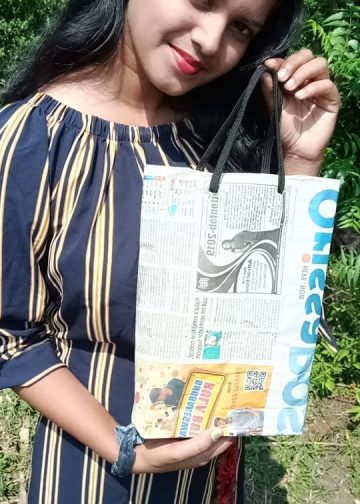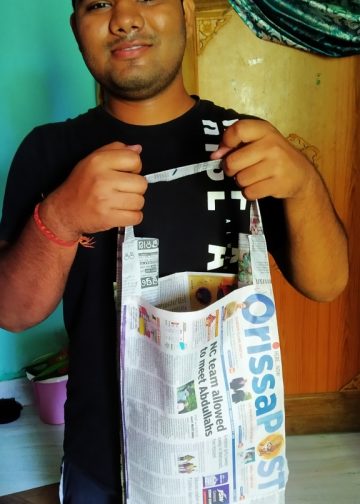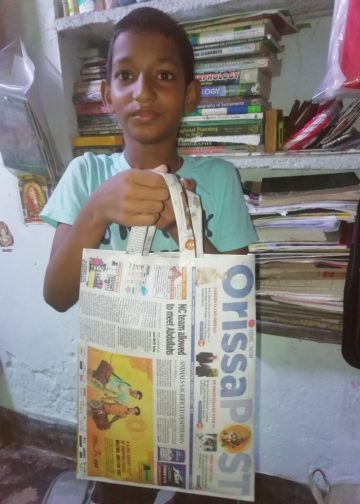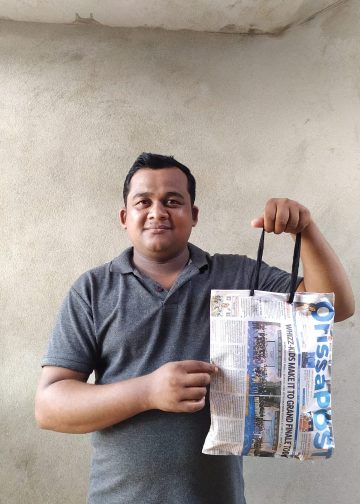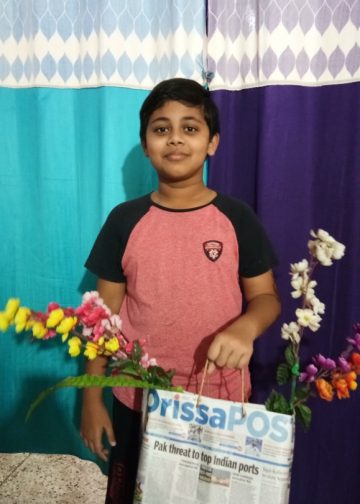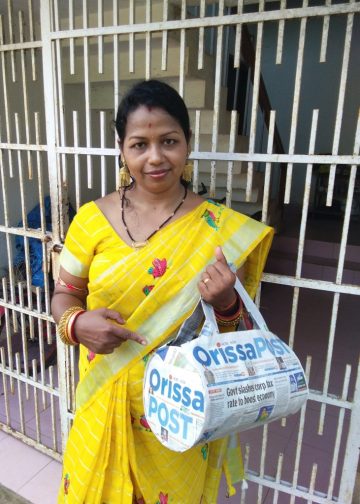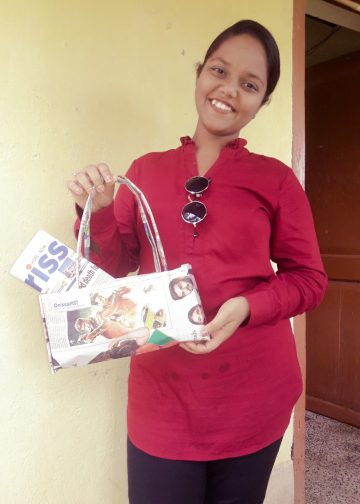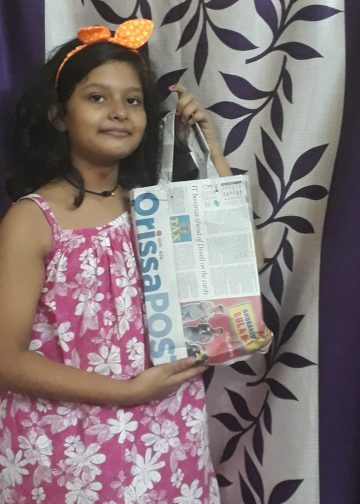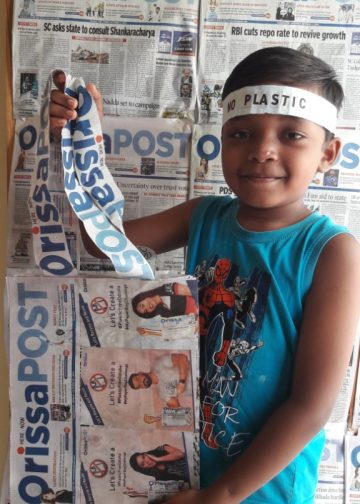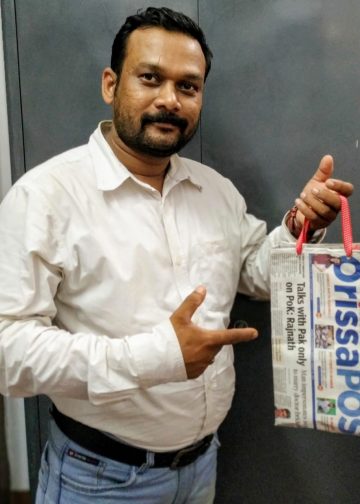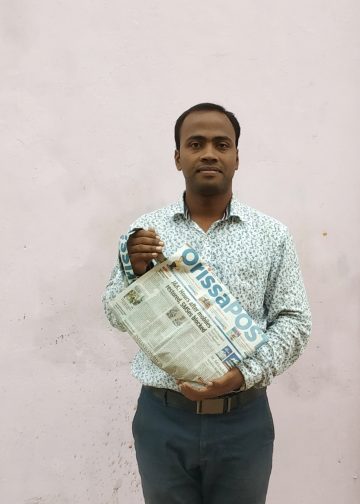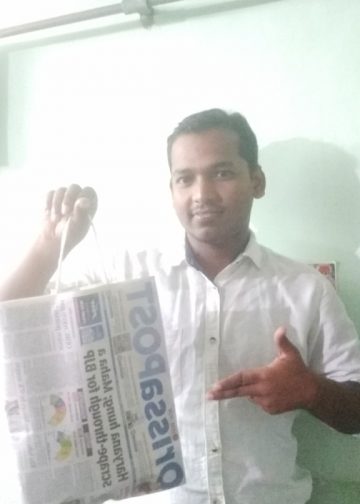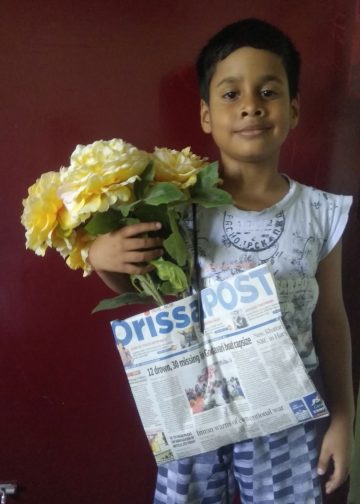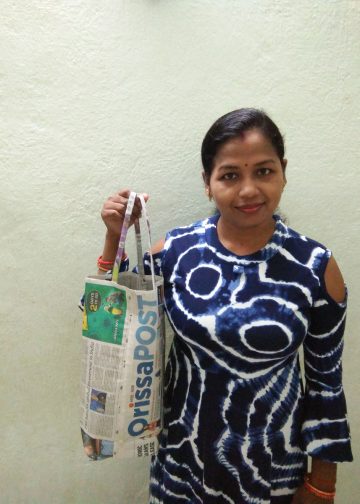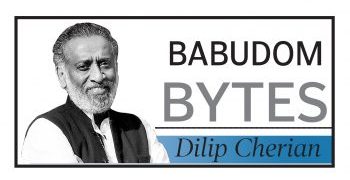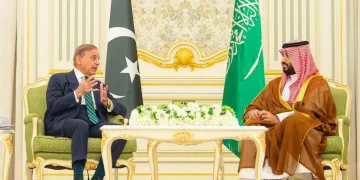Post News Network
Bhubaneswar March 12: Sarangadhar Das (1887-1957) was an Oriya politician. Before Independence he was an Indian nationalist revolutionary. He fought against the feudal chiefs, who held power during pre-independence days in Orissa and, post-independence, he became a member of India’s Constituent Assembly, a Member of Parliament, and a leader of the Socialist Party. He had an American wife, Frieda.
The present generation may not be much aware of this socialist leader who was born in D125Thenkanal, studied at the Ravenshaw College in Cuttack before going to Japan to study at the Tokyo Institute of Technology, with financial support from the King of Dhenkanal and later on to the University of California, Berkeley, to study sugar technology.
Even less is known about Manohar Khanna, the adopted son of the socialist leader and his American wife. In one of her letters Frieda advices Manohar to meet Nabakrushna Chaudhury, who was a young freedom fighter then, to get inspiration. Prof Jatindra Kumar Naik, head of the department of English, Utkal University, shared couple of anecdotes such as the one just mentioned as he spoke during a panel discussion, ‘Changing Role of Archives vis a vis changing Technologies’, organised by the eastern zone branch of National Archives of India (NAI), here in its office premises March 11, 2015, to mark the 125th foundation day of the NAI. He, in the course of this lecture, lauded the efforts made by NAI Records Centre, Bhubaneswar to preserve the rare documents that add to the rich cultural and social heritage of the region, without which many aspects of the history of Orissa would have been obliterated.
Information such as the one mentioned by professor Naik, may not be of much value to a common man but a researcher will immensely benefit from such information. Another document available in the archieve, the professor pointed out, showed how Sarangadhar Das had donated about fifty acres of land in a remote village in Dhenkanal to make a dairy firm for feeding the poor lactating and pregnant women
As we are now living in an environment of digital technology National Archives of India should make all out efforts to digitalise all its valuable documentary heritages, which may not only ensure their long preservation but also facilitate easy access to the scholars and historians, he said.
Among other panellists, Ms Mallika Mitra and Shri P.K. Mahakud through a power point presentation explained how modern technologies have made preservation of documents easy and less expensive. Both highlighted the steps taken by the National Archives of India and other archival institutions to digitise their documents so that scholars have easy access to those. The use of digitised documents would save the original ones from getting mutilated through frequent use.
Earlier Dr Lalatendu Das Mohapatra, assistant director of the Archives in his welcome address said that since its foundation in 1891 the NAI, which then was known as the Imperial Record Department, had indeed travelled a long way. From the meagre role of custodian of government records, now it has become a nodal agency of the government of India the implements and advises it on various records management programmes and practices. It is also providing financial assistances to a number of archival institutions, libraries and museums in the country to preserve their historical documents and rare books. In the process National Archives is not only preserving the records it has in its own custody but also the heritage of the nation as a whole.








